Quartier Daehangno (Quartier Universitaire) (대학로)
1.6Km 2021-02-02
12 Hyehwa-ro, Jongno-gu, Seoul-si
+82-2-2148-1114
La Rue Daehangno, connue comme la rue des jeunes gens, est l’ancien emplacement de l’Université National de Séoul. Depuis les années 1980, beaucoup de théâtres de jeu ont commence à se déplacer à la Rue Daehangno, et ils ont commencé à y développer un centre culturel. Bientôt, des cafés, des movie théâtre, et des pubs s’y sont installés également, et elle s’est agrandie comme un district de divertissements. Sa popularité est encore maintenue grâce à de petits théâtres fameux comme le Théâtre Parangsae (Oiseau Bleu) et le Théâtre Hakjeon ainsi que 30 théâtres additionnels qui se sont groupés ici et contribuent à la Rue Daehangno qui reste comme le centre des racines de performances artistiques en Corée.
Le centre de Daehangno, le Parc Marronnier, a fréquemment des performances en direct ou des représentations de danses faites par les jeunes gens. C’est la raison pour laquelle la Rue Daehangno est appelée “La Mecque des Jeux” ou encore “Rue de la Jeunesse”.
Une autre raison pour laquelle la Rue Daehangno est devenue si populaire pour les jeunes, ce sont les beaux paysages et la diététique intéressante qu’on peut y trouver. Beaucoup de restaurants, chaînes de fast food, cafés et bars y sont regroupés, et augmentent la facilité pour les jeunes gens de faire quelque chose après avoir joué. Son unique atmosphère et espace est encore beaucoup aimée par un grand nombre de jeunes.
Parc Sajik à Séoul (사직공원(서울))
1.6Km 2022-09-19
89, Sajik-ro, Jongno-gu, Seoul-si
+82-2-2148-2834
Le parc Sajik est l’un des trois parcs les plus populaires de Jongno-gu, avec le parc Tapgol et le parc Samcheong. Situé à l’Ouest du complexe du gouvernement central, au Sud-Est du mont Inwang, le parc possède la taille impressionnante de 188,710 m².
Le nom du parc remonte à 1395, lorsque Taejo Lee Sung-gye construisit le premier Sajikdan (autel dédié aux divinités d’Etat), avec en son centre, le sanctuaire Jongmyo (sanctuaire ancestral royal). « Sa » désigne la divinité de la terre, tandis que « jik » se réfère au dieu des cinq céréales. Des rituels pour obtenir une bonne récolte avaient lieu régulièrement au Sajikdan. Néanmoins, le site n’a pas été reconnu officiellement comme parc jusqu’en 1922, lors de la période coloniale japonaise.
Dans le parc, on trouve plusieurs terrains de jeux, des statues de Sin Saimdang, Hwanghakjeong et Yi I (souvent mentionné sous son nom de plum « Yulgok »), ainsi que la bibliothèque municipale des enfants. Le sanctuaire de Dangun et la bibliothèque de Jongno se trouvent à proximité. En suivant le sentier près du parc Sajik pendant environ 5 minutes, les visiteurs peuvent atteindre le parcours de randonnée du mont Inwang relativement facilement.
Festival des Arts de Corée 2025 (2025 대한민국 미술축제)
1.6Km 2025-07-31
57, Daehak-ro 5-gil, Jongno-gu, Seoul
070-7575-0980
Centre Artistique Kumho (금호아트홀)
1.6Km 2021-03-27
76, Saemunan-ro, Jongno-gu, Seoul-si
+82-2-6303-1977
Le Centre Artistique Kumho a été conçu exclusivement pour les concerts de musique classique. Il est situé dans le quartier de Gwanghwamun. Disposant de 315 sièges, il est de dimension idéale pour les concerts de musique de chambre.
Toutes les places sont des fauteuils comfortables et sont largement espacés. Des sièges pour handicapés sont également disponibles.
Lorsque vous entrez dans la salle, la réception des téléphones portables est bloquée automatiquement afin d’éviter que les concerts soient interrompus par des sonneries intempestives.
Festival des lanternes 'Bitchorong' de Séoul (서울빛초롱축제)
1.6Km 2025-11-25
17-25 Mugyo-ro, Jung-gu, Seoul
SA. Comité d'organisation du festival Bitchorong de Séoul / Marketing du tourisme à Séoul
Ce festival nocturne bien connu à Séoul permet d'apprécier de magnifiques illuminations dans de hauts lieux du tourisme à Séoul. Ce festival qui a débuté en 2009 sous le nom de 'Festival des lanternes de Séoul' a changé son nom en 'Festival Bitchorong de Séoul'. En particulier, le Festival des Lanternes de Séoul 2025, sous le thème "Ma lumière, notre rêve, la magie de Séoul", se tiendra le long de Cheonggyecheon et de Waryongcheon.
Parc Marronnier (마로니에공원)
1.6Km 2021-07-14
1-121, Dongsung-dong, Jongno-gu, Seoul-si
+82-2-2148-4158
Au centre du parc Marronnier on trouve un marronnier symbolique (marron d’Inde) alors que le quartier propose différents centres cultures pour profiter d'événements en plein air mais aussi expositions. Cette zone a commencé à se développer en 1975, lorsque l’Université Nationale de Séoul a déménagé alors que quelques 50 petits théâtres et plusieurs centaines de cafés se sont installés s dans ce quartier ont fait de cet endroit pour en faire un lieu de rencontres.
Théâtre des arts Arko (아르코예술극장)
1.7Km 2021-01-27
17, Daehak-ro 10-gil, Jongno-gu, Seoul-si
+82-2-3668-0007
Ouvert le 1er avril 1981, le théâtre des arts Arko a pour objectif de « stimuler l’art du spectacle, obtenir des espaces de spectacle pour promouvoir sa popularité au sein du public, et de soutenir les scènes et les organisations d’art pur connaissant des difficultés financières.
Au cours de 24 dernières années, il a apporté une immense contribution dans le développement de l’art du spectacle coréen. A la fin de 2004, il avait organisé 20 581 spectacles et attiré 4 millions de spectateurs.
En tant que point central des arts du spectacle, le théâtre a également commencé à attirer une quantité de petits théâtres et a joué un rôle essentiel pour promouvoir les arts du spectacle et peupler d’artistes Dondsung-dong. Aujourd’hui Daehangno (la rue de l’université) héberge plus de 58 théâtres offrant chaque jour des spectacles colorés, ce qui en fait un lieu incontournable des arts du spectacle en Corée.
Grande salle de spectacle, salle de jeux pour enfants, petite salle de spectacle, salle de répétition, pianos, équipement vidéo (télévision et magnétoscope), équipement audio (enregistrement, édition de musique et effets sonores), scènes (scène tournante, scène surélevée et fosse à orchestre), salons (rez de chaussée et 1er étage de la grande et de la petite salle de spectacle)
Théâtre des arts de Daehangno (대학로예술극장)
1.7Km 2021-02-19
17, Daehak-ro 10-gil, Jongno-gu, Seoul-si
+82-2-3668-0007
Le théâtre des arts de Daehangno (5ème sous-sol – 3ème étage) est une salle de spectacle comprenant trois halls de tailles différentes. Le hall principal se trouve au rez de chaussée et au premier étage, et possède une scène en proscenium et des sièges disposés en éventail. Dans un effort pour offrir une expérience théâtrale plus contemporaine, les sièges du hall principal sont plus proches de la scène que ceux d’un théâtre normal, permettant au public de profiter d’un spectacle plus vivant.
Musée d’art ARKO (아르코미술관)
1.7Km 2023-08-07
3, Dongsung-gil, Jongno-gu, Seoul
+82-2-760-4850
Ce Musée se situe dans le parc des Marronnier. Le lieu est très prisés notamment du jeune public. Le musée a été construit par l’Institut de Promotion de la Culture afin de développer l'activité artistique dans la région. Achevé en 1979, il apporta un nouvel espoir aux artistes pour lesquels les lieux d’expositions manquait. Le centre contribua à l’essor des arts en proposant des espaces d’exposition à des prix très bas mais aussi en organisant des projets d’importance et devint ainsi un acteur incontournable dans l’histoire des arts plastiques en Corée.
Musée d'Histoire de Séoul (서울역사박물관)
1.7Km 2023-08-25
55, Saemunan-ro, Jongno-gu, Seoul-si
+82-2-724-0274~6
Le musée d'Histoire de Séoul présente l'histoire et la culture de Séoul en partant de la préhistoire jusqu'à l'époque moderne en se centrant sur la période de la dynastie Joseon. Pour montrer l'histoire et la culture de Séoul qui est en plein essor pour devenir une métropole mondiale et en s'établissant comme espace culturel représentatif qui récupère, préserve, étudie et organise des expositions des patrimoines culturels, le musée d'histoire de Séoul joue le rôle de musée qui insuffle fierté et solidarité aux Séoulites et qui montre l'identité de notre culture aux étrangers.
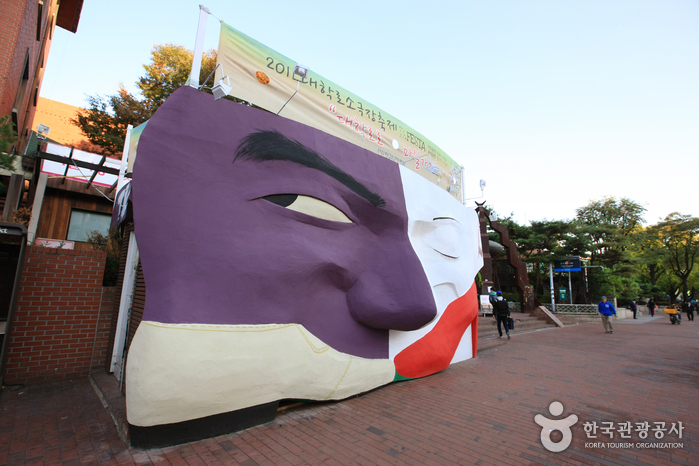
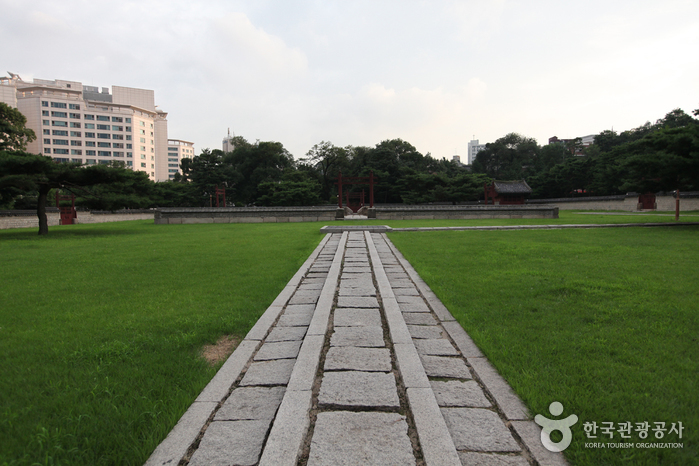
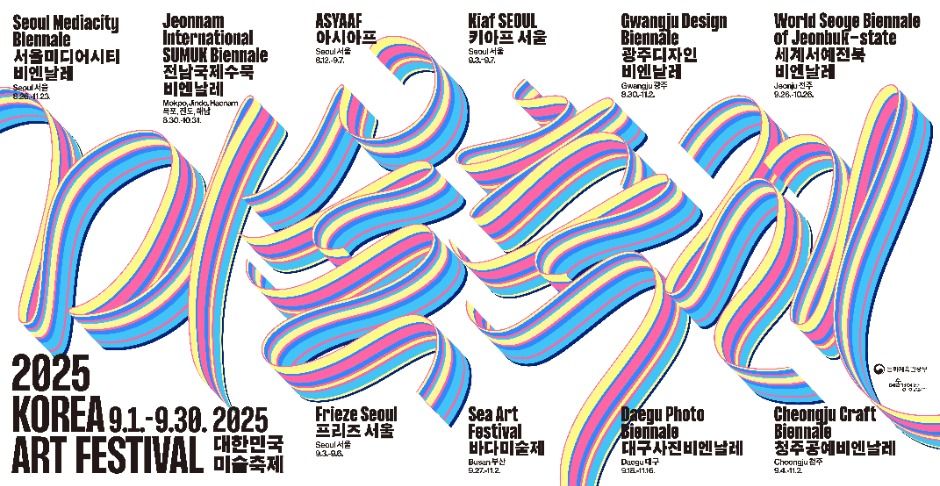
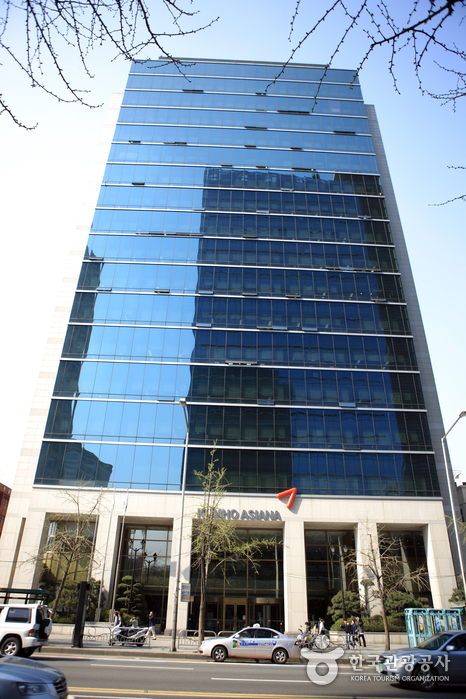
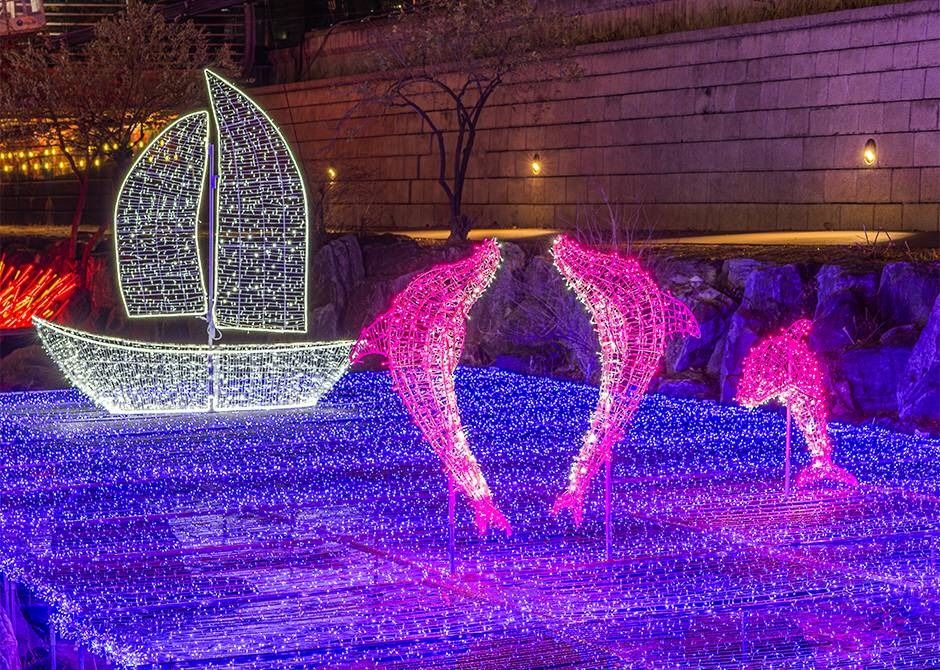
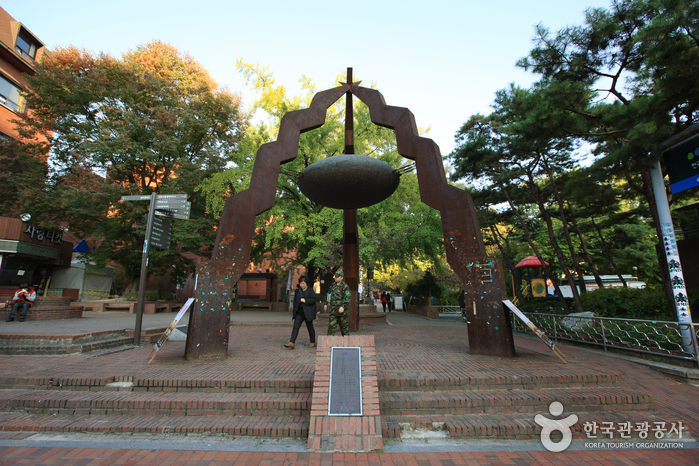
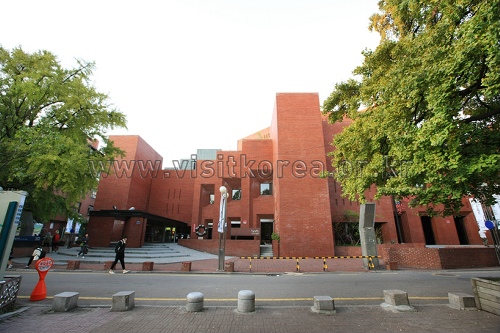

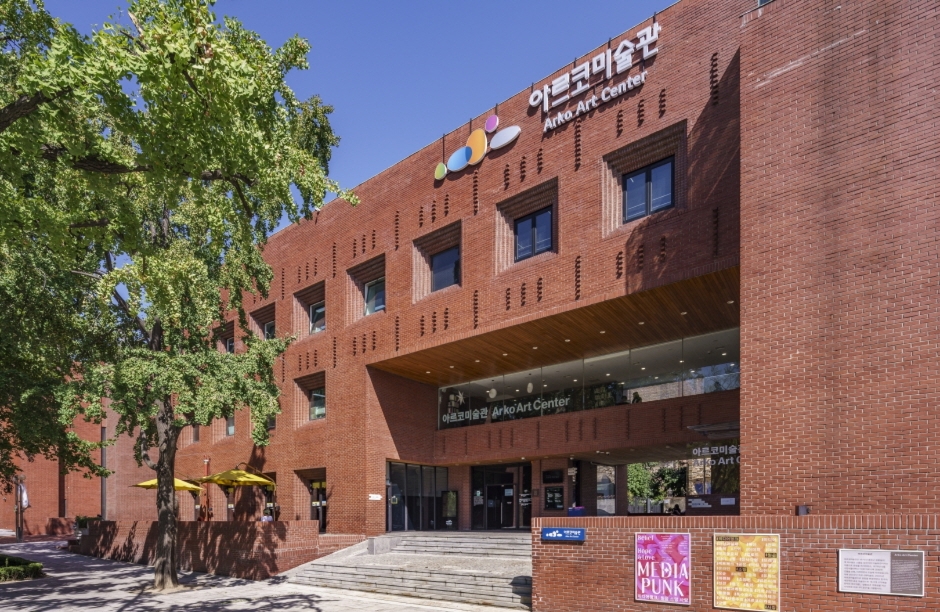
 Français
Français
 한국어
한국어 English
English 日本語
日本語 中文(简体)
中文(简体) Deutsch
Deutsch Español
Español Русский
Русский